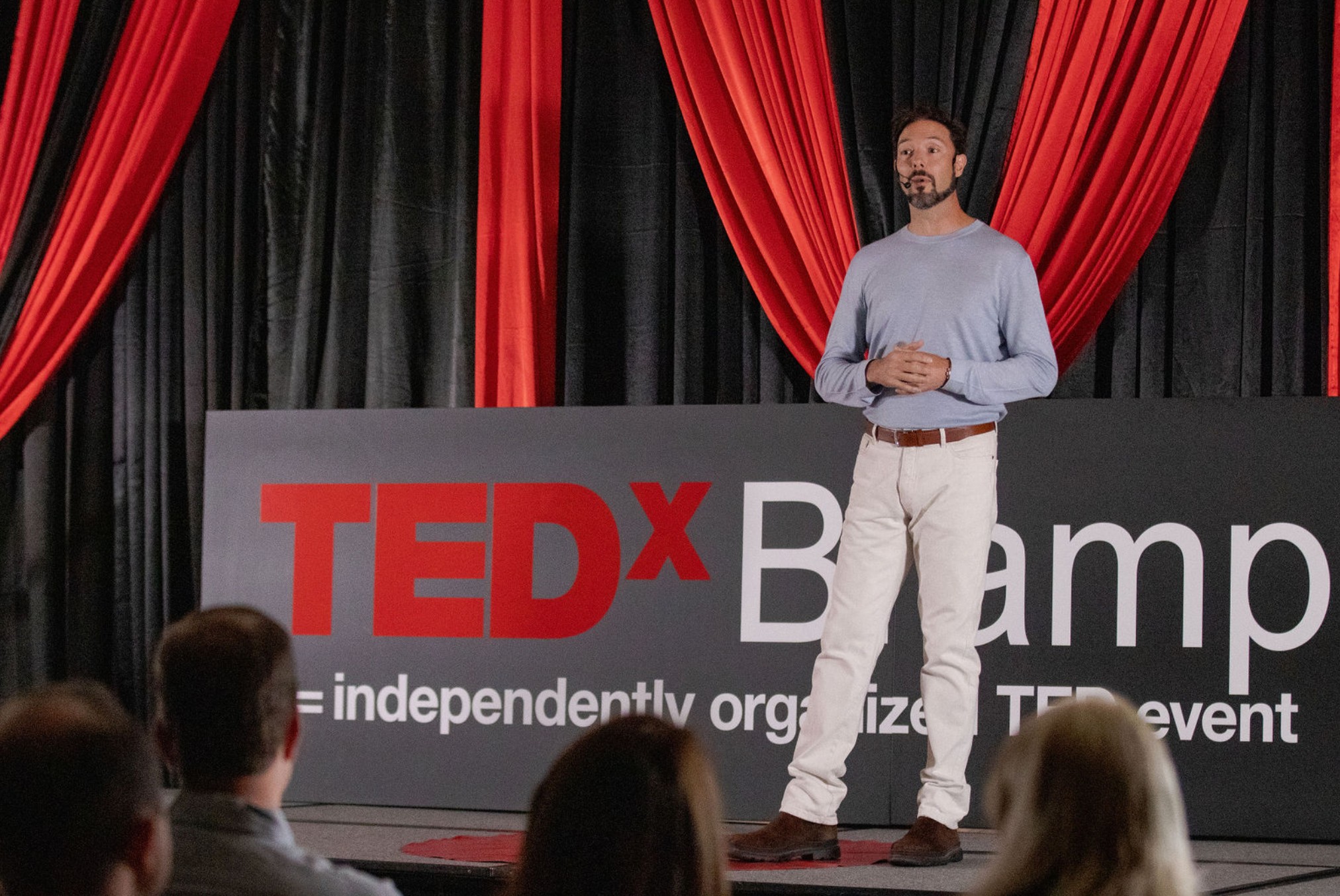In our culture, there is often suggestion of unspoken bias. From the movies we go see, to the books we read and everything in between, subtle cultural messages are transmitted to us from almost every angle. Some of them are helpful for sure.
But others are harmful.
Today, I want to talk about one in particular: “if some is good, more is always better.”
While this belief could be applied to any area of life, today we’ll just look at it as it relates to preparation for an event. We all have things in our lives that we want to preform well in, be it a job interview, a speech or an athletic competition.
As we get ready for our game day, the “if some is good, more is better” mentality can be especially harmful to our chances of success.
In this article, we’ll look at the root beliefs driving this concept, how it can handicap us and what to do about it.
Here we go…
The concept of “if some is good, more is always better” taken at face value, seems logical enough. If a certain amount of something was beneficial, then we assume a proportional relationship between the amount and the benefits.
“If I got one apple by knocking this tree branch, maybe I’ll get two if I really whack it”.
However, the problems arise when we begin to strive for the maximum amount of something, instead of the optimal amount.
You see, when working or preparing for something, we’re trying to make up for deficiencies in ourselves in some way.
Otherwise, we wouldn’t need to prepare, right?
So to repair these issues, we prepare ourselves. This is fantastic and the only way we can improve. However, if we practice too much (or the wrong way), our rate of improvement will slow, stop and if pushed far enough, eventually reverse!
As with anything in life, there is a minimal, optimal and maximal amount of it.
Even with something as basic as water; consuming too much water too quickly, will actually make you less hydrated and healthy (because you’ll throw up), which is the opposite of what you intended.
Author and all-round life experimenter, Tim Ferris put it well in his book The 4-Hour Work Week, when he said,
“Things in excess become their opposite”.
In our drive for improvement or stability, we can end up missing the fact that we can absolutely have too much of a good thing.
A good example of this is the common attitude equating strength with fitness. If people focus solely on building maximum strength in an effort to be “fit”, this sets them up for disappointment down the road. The body (read “every part of life”) is healthiest when all it’s components are equally strong and supple. If each aspect of a system is equally powerful and relaxed, the system is balanced and functional. Imbalances occur when one movement, muscle or attribute is focused on too heavily, priming the whole system for injury.
It’s the same with anything we’re trying to improve.
So if 30 push-ups are good for your chest and core, that doesn’t mean 60 is always better, because now an imbalance may be growing.
Let me tell you a quick personal story as an example:
I absolutely love obstacle course racing. In particular, one brand of OCR called Spartan Races. Now one of the obstacles in a Spartan Race is called the Herculean Hoist (or Herc Hoist for short). This obstacle consists of a rope connected to a heavy sandbag, threaded over a pulley some 20 feet in the air. To picture it, just imagine a square metal frame with ropes dangling from it.
The goal is to lift the sandbag up till the pulley hits a rubber stopper attached to the rope and then lower the sandbag again without letting it fall.
That. Is. Hard.
And when the rope’s covered with mud from a thousand people who tried it before you, well…
Now the first time I tried it, I definitely went for the “muscle through it” approach. However, I soon realized that this would lead to grip strength burnout and with more obstacles still to come, burnt-out hands were going to be a problem.
Then, I accidentally discovered a better way. Amidst my efforts, I inadvertently stepped on part of the length of rope spooled at my feet. For a second, the strain on my hands eased.
Ah ha…
Standing on the rope, I could rest. And then, another idea came. If I grabbed the rope and simply sat down, then I could pull with my entire body-weight not just my exhausted arms. It worked perfectly and is now my standard procedure at every Herc Hoist.
Arms strength alone + grunting = maximum strength used.
Body-weight + calm breathing = optimum strength used.
Not too much, not too little, just enough to get the job done. And it’s not just with physical challenges that the “if some is good, more is better” mindset can handicap us. It also has an expression mentally, in something we’re all guilty of: over-planning. When faced with an upcoming stressful situation, we can be tempted to mentally plan out scenario after scenario, trying to be “ready for anything” (impossible by the way).
Now this is not to say that forethought and planning before a big event is bad. Far from it!
However, having too many options mentally, only serves to paralyze us, a la the quip “paralysis by analysis”. The reason why we can’t act decisively when faced with more than a few options is because of something called “Hicks Law” (no, this is not a law that just applies to hicks). Hicks Law tells us that the more options we have available to us, the less likely we are to do any of them.
This means we’re going to be more effective with 2 good plans (some is good), than 5 (more is not better).
Now it can be difficult to tell when we are swapping optimal for maximal amounts of something, but with practice it’s not impossible.
In my opinion, the #1 thing that keeps your head above water here is this:
Laser-like clarity on your goal!
A great way to check if you’re going for maximal over optimal, is to get electron microscope, crystal-clear on what your goal is. When that’s accomplished, you know what you’ll need to get there and you can more accurately extrapolate the quantities that will get you there. As one of my favorite martial arts instructors says, “The problem defines the solution”.
Going for “more” over “better” is easiest to do when we have our heads buried in the trenches and lose sight of the bigger picture. So do whatever you have to; write the end goal on a post-it and stick it to your computer. Tell everyone you know about it and ask them to keep you honest.
Just find a way to make the end goal stupidly specific and set your internal compass accordingly. Then plow ahead and work your backside off getting ready for whatever your grand performance is, all the while mindfully keeping things in balance and not over-planning.
Then the conquered goals will pile up and keep piling up!
Challenge:
Here’s a set of practical challenges that you can do today, to improve the items discussed in this article:
- Look at 2 things you’re trying to improve in your life. Are you putting in the optimal amount of effort to achieve those goals? If it’s too little, bump it up. If it’s too much, back it off.
- Take a goal you’re working towards and define it in 2 sentences. Then work backward from that and lay out steps to accomplish to get you there. Keep the steps as few as possible.
Written by Judah Beck




